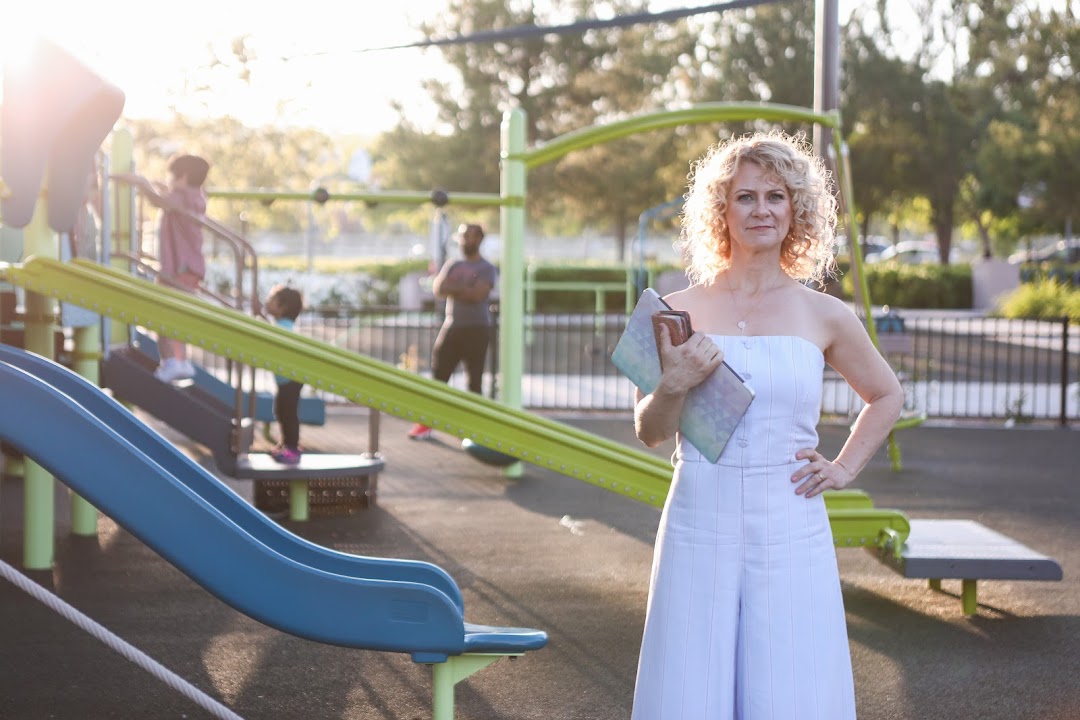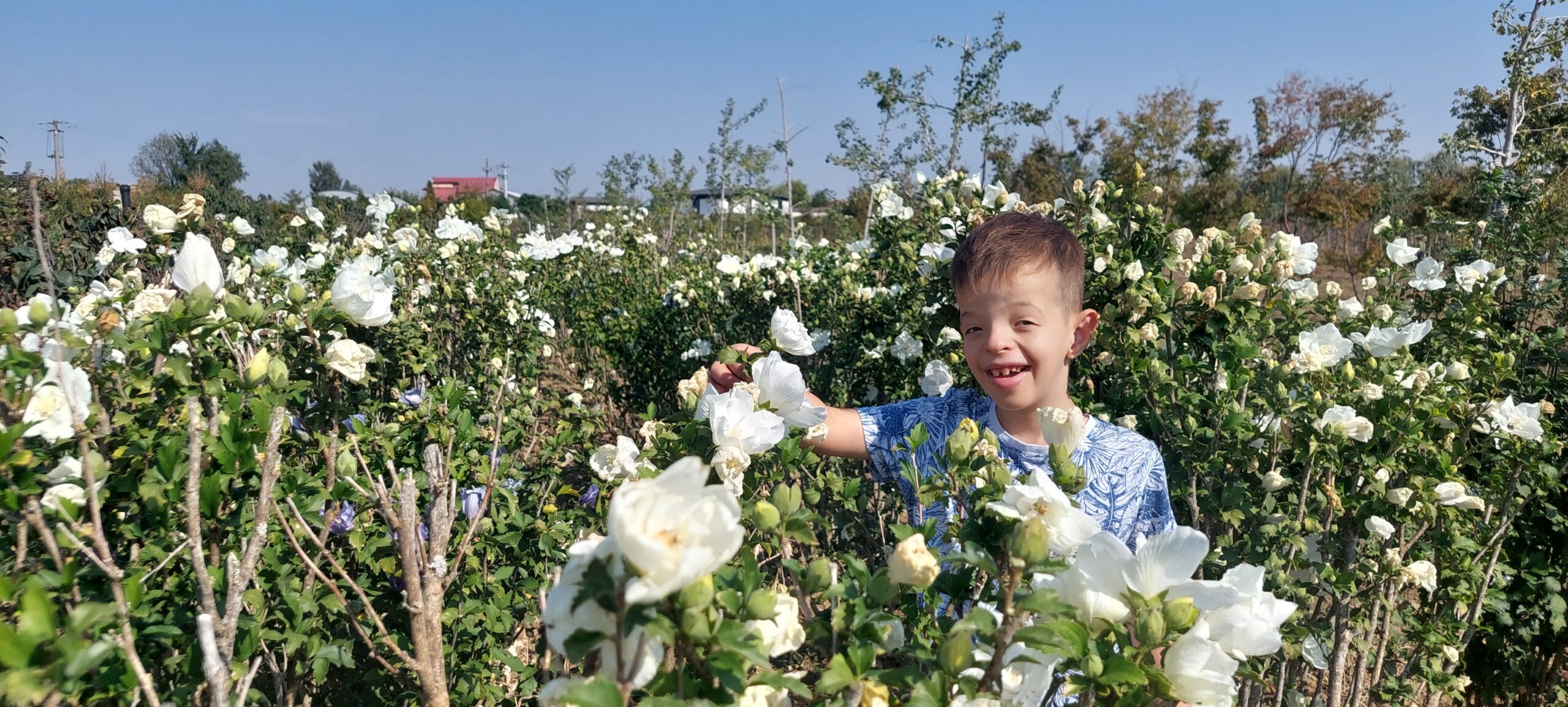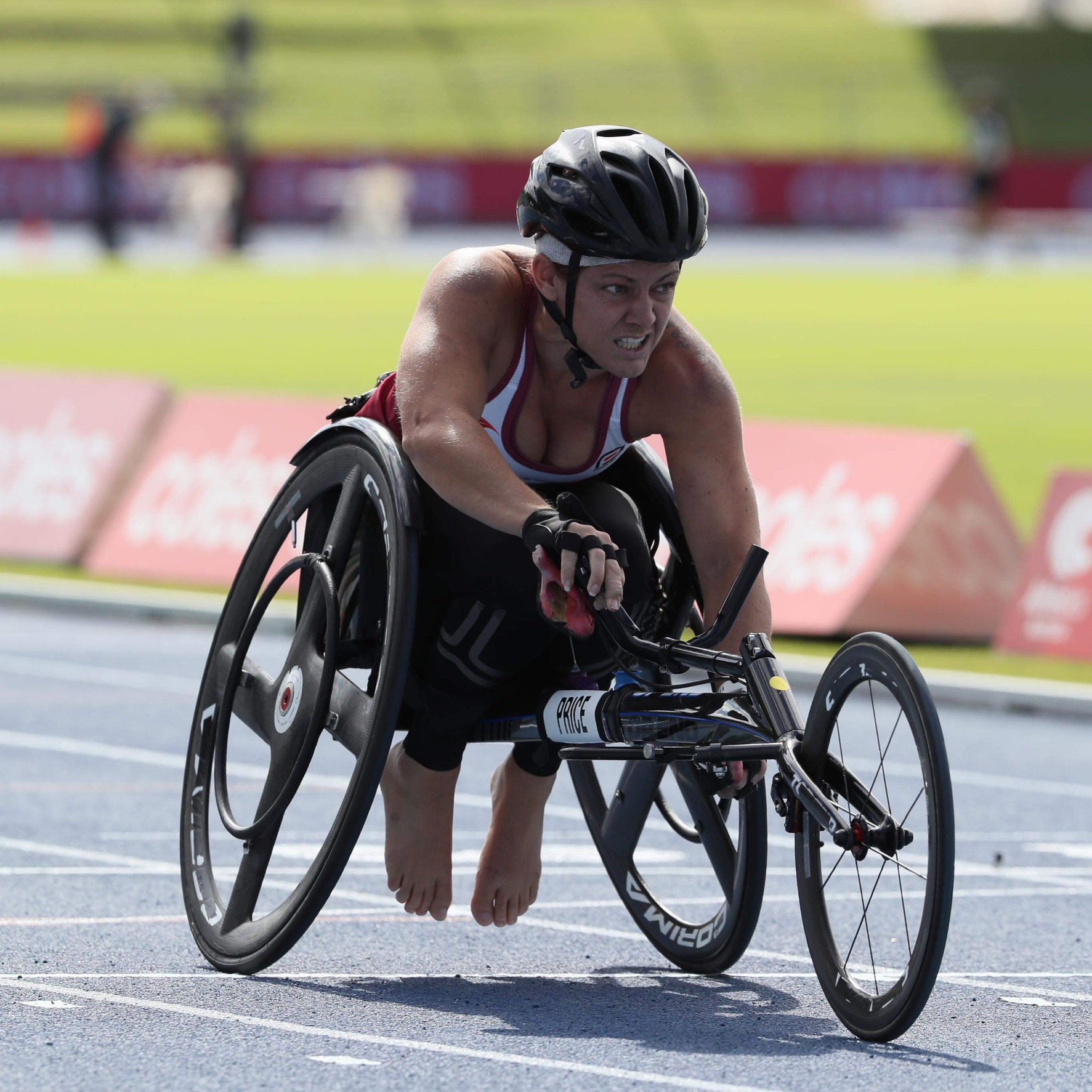Caught off guard by osteoporosis
Dale Darley didn’t know that she had osteoporosis until she fractured her spine.
The British author and book writing coach was living her dream in the hills of Spain when her life changed in an instant. “I suddenly heard three cracks while I was leaning over the bed, reaching for a clothes bag, and then there was intense pain” she tells This Is MedTech. An x-ray confirmed that Dale had two fractures as well as osteoporosis, a health condition that weakens bones, making them fragile and more likely to break.
“I had compression fractures in my T8 and T11 vertebrae. I could hardly breathe, and walking was almost impossible in the beginning,” recalls Dale. “What hurt more than the physical pain was not being able to move. I felt trapped.”
Osteoporosis develops slowly over several years and is often only diagnosed when a fall or sudden impact causes a bone to break. Or leaning over the bed, in Dale’s case. The Royal Osteoporosis Society notes that there are various known risk factors which cause bones to lose strength. Some like low body weight and lifestyle choices can be changed, whereas others like ageing, being a woman and one’s genes, cannot.
Medical technologies such as x-rays, bone density scans (referred to as DEXA or DXA), blood tests (to rule out other possible underlying medical issues) and CT scans, can be used to aid doctors in building up a picture of your bone health and your risk of breaking a bone. This, in turn, helps to determine the best treatment, whether that’s medication and/or lifestyle changes like diet and exercise.
“My doctor supported my choice to heal naturally,” says Dale, who began researching everything she could about bone health and each system of the body. “He ordered a range of blood tests which showed high prolactin, high platelets and inflammation, among other things. They also confirmed that my calcium and Vitamin D were ok. I worked out how to find my root cause from these tests and what to do nutritionally,” she notes.
After six months, Dale was walking almost normally again. She believes that dietary changes as well as exercise played a major role in her recovery. “Eighteen months later, I had a DEXA scan and that showed a 2.2% increase in bone density compared with the first DEXA scan that I’d had shortly after the fracture,” she comments.
“Having these tests has been vital to my recovery. With this knowledge, I have been able to make good choices. And the feel-good factor of seeing your density improve is incredible!”
World Osteoporosis Day, on October 20th each year, is a campaign dedicated to raising global awareness of the prevention, diagnosis and treatment of osteoporosis. This year’s theme was “That’s Osteoporosis” and emphasises the direct link between osteoporosis – the silent, underlying disease – and broken bones, which have a serious, life-changing impact in terms of pain, disability, lost independence and inability to carry out tasks of everyday life.






